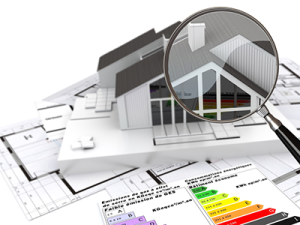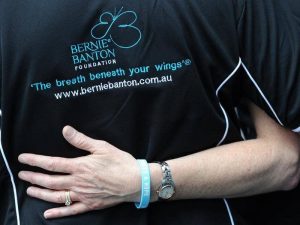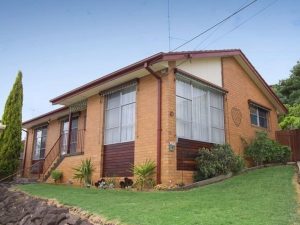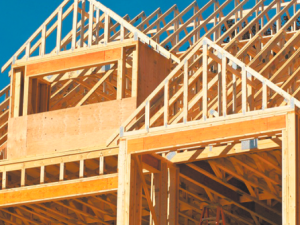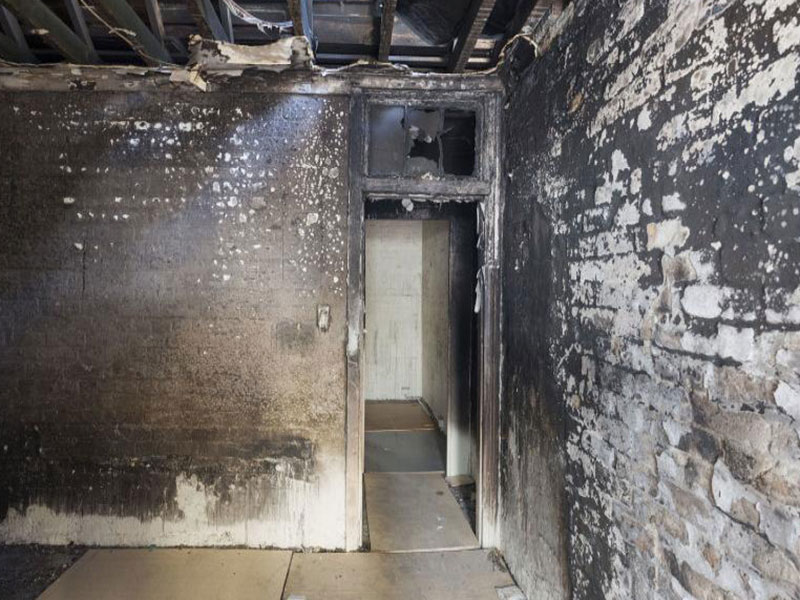
A fire is a traumatic experience, and it can cause more damage than what you can see initially. Beyond the physical fire damage, you must also consider the smoke and soot contamination. Both can be dangerous and costly.
Fire damage can extend to the structural elements of a building, such as the foundation and roof, so it’s necessary to have a fire damage inspection done professionally.
Get an expert to perform a detailed scope of works to get a clear picture of what the cost of the damage would be room by room and structural damage.
Here is a checklist of a detailed fire inspection-
- Roof Inspection- The excessive heat from the fire has probably weakened the roof structure. The entire roof becomes destabilized and likely to collapse without immediate repairs. Once the fire is out, an expert should check the roofing underlayment and supports for water and fire damage.
- Structural Steel/Iron Inspection- Due to the transfer of heat by steel/iron structures, the foundation can be greatly destabilized and needs a careful inspection.
- Interior Walls and Framing Inspection- In order to conduct a thorough inspection, the expert has to look for any signs of mould or destabilization of the internal structure. That may involve opening up internal walls to establish if there was any damage to the framing. This is as important as the inspection of the foundation; if not looked into properly, these issues can compromise the safety of the whole building.
- Plumbing and Heating System Inspection- All pipes and ducts have to be checked for signs of damage. Additionally, they require thorough cleaning so you can make sure the health of the residents will not be compromised once they return to the premises.
- Window Inspection- The damage to the windows is easily observable since there’s bound to be some discoloration. In severe fires, window frames may even melt. Glass can also get warped or discolored.
- Asbestos Inspections- If asbestos-containing materials are present on your property or you are uncertain, a licensed asbestos removalist should be arranged to perform the clean-up work. This can be organised through your local council or insurance company.
- Any other Damages Inspection- Besides, the above inspections, what needs to be looked into is Mould and soot residue, it’s in cases when there are residents with respiratory problems, such as asthma. Mold and soot residue are dangerous enough, but even more so to asthma patients.
MFB & CFA have got support & advice for the residents returning to fire damaged homes.
So, if you are not sure about returning to your fire-damaged home & how to find out about the detailed scope of work, give your local building inspector to help you.
Jims Hazardous material removal can help you by cleaning up the asbestos once the assessment has been done by the Jims building inspector.
Please call Jim’s on 131 546, or use the contact form here to get in touch.

